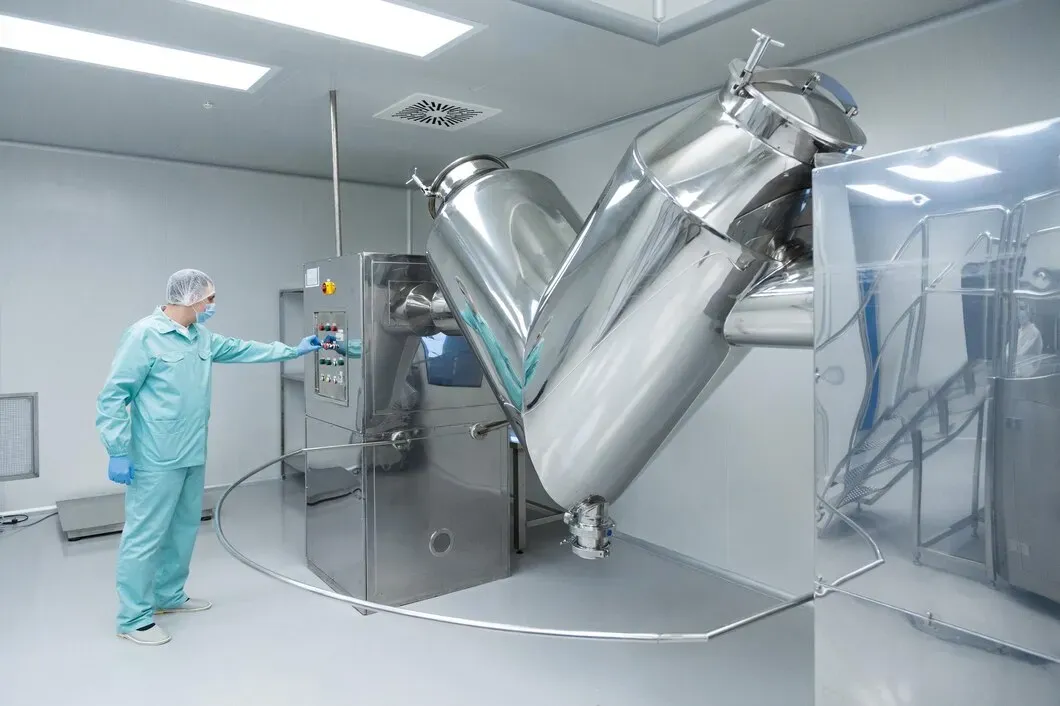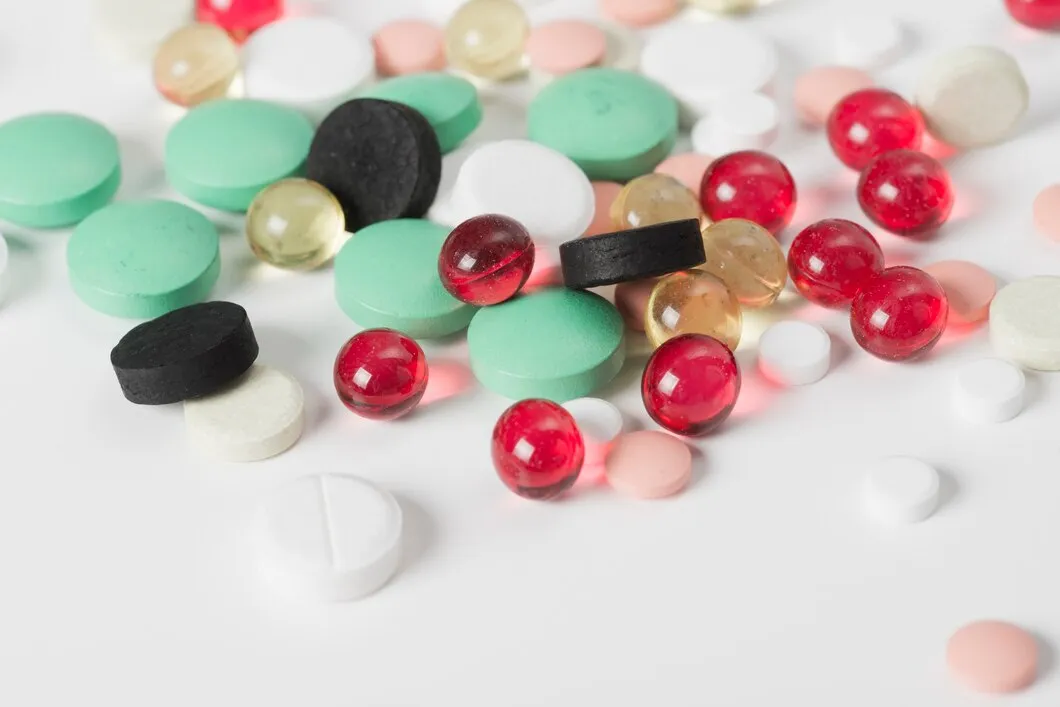Semaglutides are medications used to treat people suffering from obesity. However, like other medicines, taking the right semaglutide tablets dosage, or even that for the injectables, is very important.
Failure to achieve the right dosage or getting overdosed leads to adverse health effects, including hypoglycemia or abnormally low sugar levels, gastrointestinal distress, dehydration, pancreatitis, and injection site reactions, such as swelling and itching.
So, what is the right semaglutide tablets dosage for weight loss? How about the proper semaglutide syringe dosage? This knowledge base covers the following:
– Semaglutide for weight loss
– Initial dose escalation schedule
– Maintenance dosage
– Other important notes
– Manufacturing safe and effective pharmaceutical products
Semaglutide is a widely recommended medication for managing a person’s weight, particularly obese individuals and those diagnosed with diabetes.
This peptide-1 receptor agonist resembling glucagon imitates the hormone version, which then helps in regulating hormones known as insulins and controlling appetite.
The way it does this is by influencing regions of the person’s brain responsible for controlling appetite, which leads to reduced hunger and increased satiety. Semaglutides may also slow down stomach emptying, which further contributes to the feeling of fullness.
Semiglutides have shown formidable power when treating obesity, one of the most cruel health conditions worldwide. Here is the dosage guide for the treatment when used for weight loss presented in a comprehensive semaglutide weight loss dosage chart:
| Initial Dose Escalation Schedule | |
| Weeks 1 – 4 | 0.25 mg subcutaneously once per week |
| Weeks 5 – 8 | 0.5 mg subcutaneously once per week |
| Weeks 9 – 12 | 1 mg subcutaneously once per week |
| Weeks 13 – 16 | 1.7 mg subcutaneously once per week |
| Maintenance Dosage | |
| Week 17 onward | 2.4 mg subcutaneously once per week |
It is important to understand that if the escalation guide cannot be followed out of intolerance, you may delay the escalation for a month.
For the maintenance dosage, if the amount is intolerable, you can temporarily decrease the dosage to 1.7 mg once per week for a month.
After four weeks, bring the dose back to 2.4 mg once per week. Otherwise, if the patient cannot tolerate the maintenance dose of 2.4 mg once per week, it is best to discontinue the semaglutide therapy.
Also, if you are suffering from obesity yet also from the second type of diabetes, be sure to monitor your blood glucose as its baseline and throughout the treatment.
Do not coadminister this with other products with semaglutide or any variant of the GLP-1 receptor agonist. Note that those information above are for adult patients.
Canaan is your trusted ally for manufacturing the safest and most effective semaglutide tablets for patients. This brand’s product range consists of equipment for pre-treatment, material handling, granulation, coating, capsule filling, pressing, and washing, among plenty of others. Professionally crafted pharmaceutical products only with Canaan. Contact the team today to learn more.
Resources:
Semaglutide Dosage Guide + Max Dose, Adjustments – Drugs.com
Semaglutide, also known as Ozempic, for weight loss – what you need to know | UCLA Health
What happens if you take too much semaglutide | Mayo Clinic Diet




Before any drug reaches a patient, it starts in a lab. That’s where formulas are tested, batches are checked, and quality is either confirmed or questioned. To do that work right, labs depend on the right equipment—tools that don’t just get the job done, but do it with precision. If you’re responsible for running or […]

Blister packaging is everywhere in pharma—from tablets to capsules to sample packs. It protects the product, extends shelf life, and improves patient safety. But for manufacturers, it’s more than just packaging—it’s a system built around speed, precision, and compliance. If you’re in pharma manufacturing or packaging procurement, here’s what you need to know about blister […]

If you’re deciding how to deliver a pharmaceutical or supplement product, the format you choose—liquid gels or tablets—will shape more than just how it looks. It affects how the product is made, how fast it’s absorbed, what kind of equipment you’ll need, and how the end user experiences it. Some actives work better in a […]